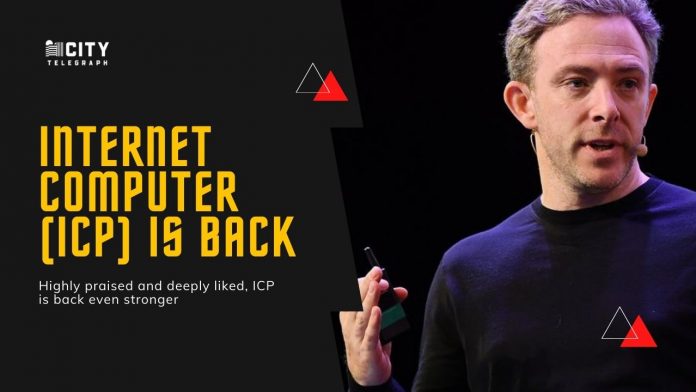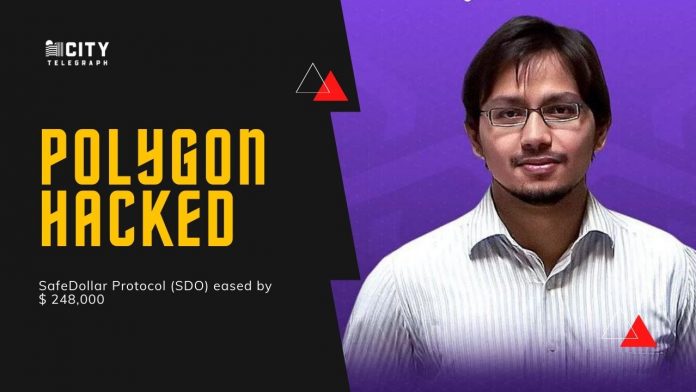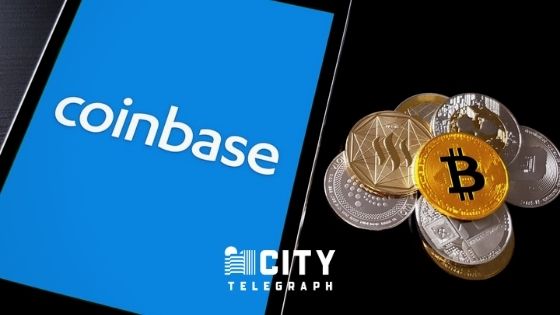After the initial euphoria, the hype surrounding the Web 3.0 project Internet Computer has clearly flattened out. After its crash, however, the ICP token gradually seems to be on the way to recovery. For various reasons.
When the Internet computer went live in early May, expectations were high. The development of the decentralized Web 3.0 project, which declares war on the monopoly of Internet companies in cyberspace, took a good five years to develop. The live event made waves beyond the crypto space, and the token of the same name hit like a bomb. From a standstill, the utility token reached a market capitalization of over 20 billion US dollars, and on May 10, the ICP unit price was over 700 US dollars. Not much of that remains, however. Because as quickly as the token rose, it also disappeared from the scene again quickly.
Also Read:
From the investors’ point of view, the timing could hardly have been more unfavorable: On May 12th, just two days after the official launch, the crypto market was in crisis, the total market capitalization almost halved in the following two weeks. And so the ICP rate has been stumbling disoriented below the $ 100 mark since June 7th. The record high of $ 700 is now 94 percentage points away.
The Liberation Strike?
At least today, the Internet computer is one of the rising stars again. At the time of going to press, the Internet computer had risen to $ 41, a 24-hour increase of 14 percent. In a weekly comparison, the ICP price is still in the minus range at twelve percent, but the first sign of life gives investors hope that the Internet computer will gradually move back into forward gear.
The hopes do not seem unfounded. The DFINITY Foundation has developed the project on several levels over the past few weeks. After three years of development, the Motoko programming language will be available on June 10th under the Apache 2.0 license as open source, which can be used to create smart contracts and dApps on the Internet. By publishing the code, the developers expect a higher activity of programming in the network and a lively participation in the “broad community”, as it says in the corresponding tweet .
A week ago the ledger and governance toolkit “Quill” became available as an
open source version . Quill is used to manage ICP tokens in cold wallets and, according to the DFINITY Foundation, offers “an easy way to create signed messages for the ledger and governance canisters of the Internet computer on an offline computer”. Ledger canisters are basically smart contracts that process transactions on the ICP network. In order to be executed, the transaction data must be transferred to an online computer and then transferred to the Internet computer.
Goldman Sachs ennobles Internet computers
Last but not least, the project received a boost from a Goldman Sachs report , which paints a great future for the decentralized project. As one of eight projects, the Internet computer was advertised as part of the next blockchain generation, which is about to “redesign the Internet as a decentralized platform”. Although the project is still “at an early stage”, it scores points with innovative approaches and thereby paves the way for “the future”.
The “ambitious blockchain-based platform” claims to “replace the current Internet with a new paradigm in which all data and applications are coherently hosted”. The stone has already started rolling. “Decentralized applications are already being launched with the aim of replacing centralized technology platforms such as Facebook, Google and LinkedIn”.
The appreciation that the Internet computer was sketched in the report should be a partial explanation for the current price surge. The report was already two weeks under its belt, but it took time for the Reddit channels to take a bite












